Helpful Tips for Plumbing Emergencies
How to fix common plumbing problems
Fix common plumbing problems. A correctly designed and installed home plumbing system is practically trouble-free. But even the best systems can develop problems from time to time – everything from burst and leaking pipes to clogged drains. Here are some of the most common home plumbing problems and suggestions for dealing with the unexpected trouble:
Shut off the water. When you see water leaking from a pipe or coming through a wall, shut off the water to prevent serious damage. Similarly, when a toilet or dishwasher overflows, the first step is to stop the flow of water.
Most plumbing systems provide numerous shutoff valves. Sinks and lavatories have individual shut offs for hot and cold water. Most are located just underneath the fixtures they control; some are in the basement, utility room or crawl space below. Leaks or overflowing that cannot be stopped at a fixture can always be stopped by closing the main shutoff valve that controls the flow of all water into the house. The shutoff is usually located near the water meter or at the wall where the main enters the house. Close all shut off valves by turning their handles clockwise. Be sure to familiarize yourself with all shut offs in your house – especially the main shut off – so you can get to them without delay in an emergency.
Pipe leaks. Corroded joints and frozen pipes are the common cause of leaks. Tightening a threaded joint or resoldering a soldered joint may cure the problem. Burst pipes can sometimes be mended with a clamp-on pipe patch. If not, they must be replaced. Emergency clamps can be made of a piece of rubber and C-clamp.
Leak in wall. The common cause of a leak in a wall is a faulty riser pipe to a shower or to fixtures on the next floor. It’s best to get professional help for this kind of problem. A plumber will tell you whether he can make the repair – installing new pipe - with or without cutting a hole into the covering wall. Some communities insist upon access panels to pipes located behind walls.
Overflowing toilet tank. A toilet tank overflowing into the bowl will be heard running long after flushing. To stop the water flowing, close the tank shutoff between the tank and floor. To fix the problem, lift the float ball in the tank while the water is still running. If the flow stops, bend float arm to lower the ball a bit. If this fails, you may need to replace the inlet valve washer, the valve seat or the entire inlet valve unit.
Overflowing dishwasher. First, turn off the water supply to the dishwasher. Then check the screen around the drain. It may be clogged with grease or a rag. If water keeps flowing in after the shutoff valve has been turned off, electrical controls may be at fault. Turn off current, or pull the plug on a portable mode. Get professional help.
Sluggish or stopped sink drain. Try clearing the blockage using a rubber force cup. If that fails, try a chemical drain opener, carefully following the directions on the container. If this doesn’t work either, put a pail under the trap and remove the plug. Use a wire to remove the debris, usually hair and grease. Replace the plug and run scalding hot water.
Restricted water flow. Old houses and those located in hard-water areas sometimes suffer restricted water flow due to scale build up in pipes. To check, turn water on full force, first making sure all valves are fully open. If the water comes out fast and then slows, there is a restriction in the pipe. To cure the problem, you will have to replace all affected pipes. Avoid galvanized pipes as they are prone to scaling.
Moyle Plumbing & Gas Fitting service the Northern Gold Coast, Logan City & Beenleigh District areas. If you require any help or advise with the above information, call us on 07 38077327.
